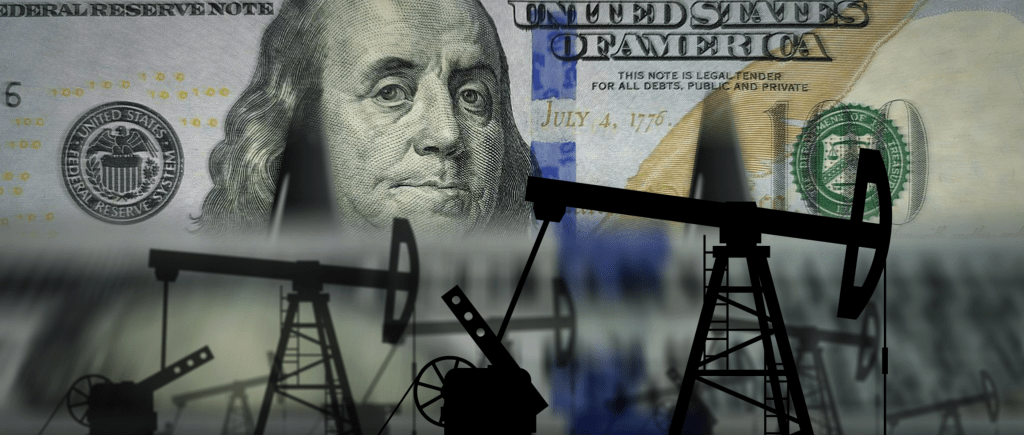Oil benchmark Brent edged close to the $86 per barrel threshold on Monday, building upon gains from the previous week, as Ukraine intensified attacks on Russian energy infrastructure.
Key Points:
- Brent Crude Performance: Brent crude oil futures for May delivery rose by 62 cents, or 0.7%, reaching $85.96 a barrel by 1019 GMT. Meanwhile, the April contract for U.S. West Texas Intermediate (WTI) crude climbed by 70 cents, or 0.9%, to $81.74, with the May delivery contract up by 71 cents, or 0.9%, at $81.29.
- Impact of Ukrainian Attacks: Ukraine’s increased strikes on Russian energy facilities, including a recent incident at the Slavyansk refinery in Kasnodar, which processes approximately 170,000 barrels of crude oil per day, have spurred concerns. A Reuters analysis revealed that these attacks have halted around 7% of Russian refining capacity in the first quarter, affecting global crude exports to markets like China and India.
- Market Focus on Monetary Policy: This week, market attention is centered on potential shifts in monetary policy across major economies. Many central banks have maintained high interest rates to combat persistent inflation. Analysts anticipate clarity on interest rate cuts following the U.S. Federal Reserve’s two-day meeting ending Wednesday. Tony Sycamore, a market analyst with IG, suggests that while the Fed is likely to maintain rates this month, the likelihood of an interest rate cut in June is increasingly uncertain.
- Demand Outlook and Ceasefire Talks: Oil prices received additional support last week after the International Energy Agency revised its 2024 demand forecast upward for the fourth time since November. Meanwhile, in the Middle East, Israeli Prime Minister Benjamin Netanyahu affirmed intentions to continue the military campaign against Hamas in Gaza, amid ongoing ceasefire talks. However, according to John Evans of oil broker PVM, the discussions contribute to market uncertainty without significant impact on oil prices.
Market Outlook:
Oil prices remain influenced by geopolitical tensions and macroeconomic factors, with ongoing conflicts and monetary policy decisions shaping market dynamics. Amidst heightened volatility, market participants closely monitor developments in the energy sector and broader geopolitical landscape for insights into future price movements.
Conclusion:
As oil prices maintain upward momentum, driven by geopolitical concerns and evolving monetary policy stances, market participants navigate through a landscape characterized by uncertainty. Stay tuned for further developments as events unfold, impacting global oil markets and investor sentiment.
 Noor Trends News, Technical Analysis, Educational Tools and Recommendations
Noor Trends News, Technical Analysis, Educational Tools and Recommendations





